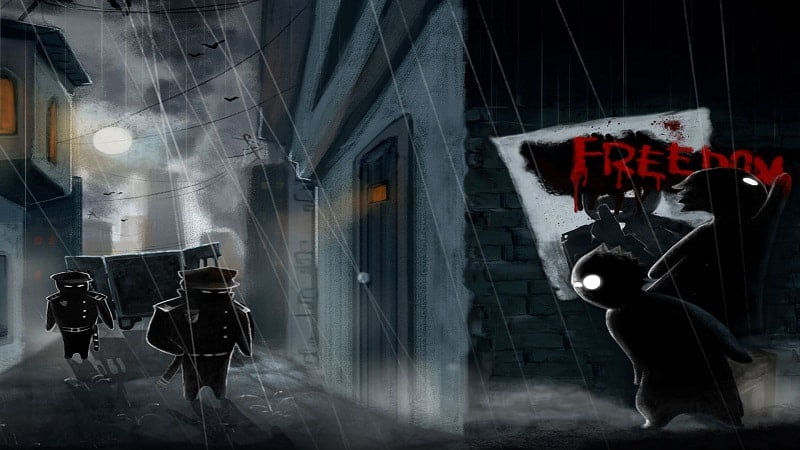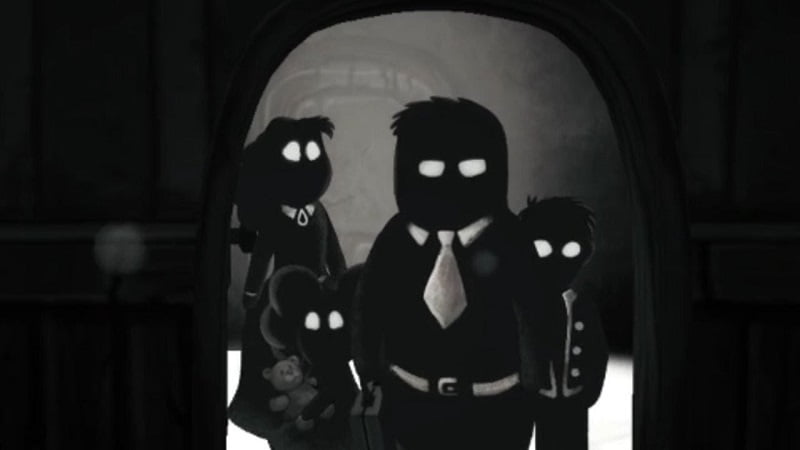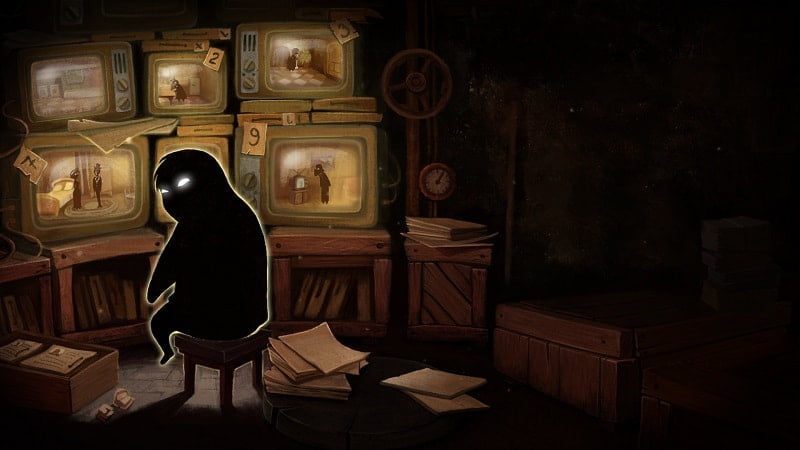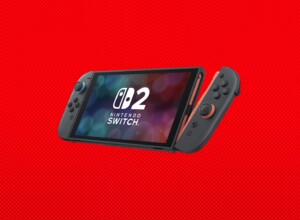Beholder casts you in the role of a state-installed landlord in a totalitarian regime, having you conduct surveillance on your tenants.
It’s a devilish mix of strategy, puzzle, and survival, with a satirical streak. We spoke with Evgeny Kapustin, head of midcore marketing at publisher Alawar Entertainment, about Beholder, which was released on consoles with a Complete Edition late last year.
Names like Orwell and Bradbury spring to mind when I think about the game, but who do you see as your main video game influences with Beholder?
Speaking about games, This War of Mine and Papers, Please come to mind. However, Beholder is a story-driven game; the story was inspired by dystopian works of Orwell and Huxley, and satirical works of many writers. Or even movies like The Lives of Others.
How interested were you in communicating a political message?
We are absolutely apolitical. Of course, a totalitarian setting of the game is much obliging, but we tried to exaggerate rather than to communicate anything political.
It is worth mentioning that we received tons of political feedback from our players, but users from different countries saw different messages, which proves that we’ve managed to remain neutral. Politics – as well as beauty – is still in the eye of a Beholder.

Beholder’s subject matter is dark, and a lot of the situations don’t have ‘winnable’ outcomes; What made you craft the story arcs in this way?
From the very beginning we saw Beholder as a game of moral choices. A moral choice is rarely a pleasant thing but often is a choice of two evils. This is indeed a rare example in the modern world of games were a player should always win. We wanted to make something different, bring some new game experience in. As long as this game touches your feelings, we have every reason to be satisfied with the result.
One of the things I didn’t see coming was the game’s black humour; was it to avoid getting too dark, or to encourage devilish play?
No matter how deep we get into a dystopian world, it is still just a game. We intentionally introduced those creepy jokes and situations to let Beholder be an entertainment. Yes, it may be dark, depressing and gloomy, but we did not want to make it 100% serious. And we will keep amplifying the level of absurdity!

One of its most distinctive features is its art style; it’s interesting that it makes all the people look similar to one another, draining them of colour. Can you talk a bit about how the striking visual style, how it affected the game’s design?
On the one hand, the art style adds value to the setting: there is no place for a person in a totalitarian state. All you can see is impersonal crowds of citizens. That is why they all may look similar. Moreover, the dark depressing life under a totalitarian regime drains the color from the world around,
On the other hand, the art style has a figurative meaning. Any game character has form and substance. We only provide form and let players decide on the substance themselves. As you move through the game, you meet the characters and get to know them better. It is you, who decide if a character is good or bad, happy or sad, based on what you eventually learn about them rather than what you see when you meet them for the first time. It is you, who fill those shapes with the content, through you own feelings and emotions.
A follow-up, Beholder 2, has been announced, and is scheduled for release in the second half of this year.






